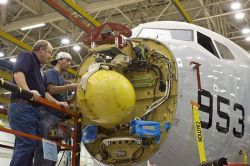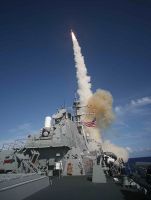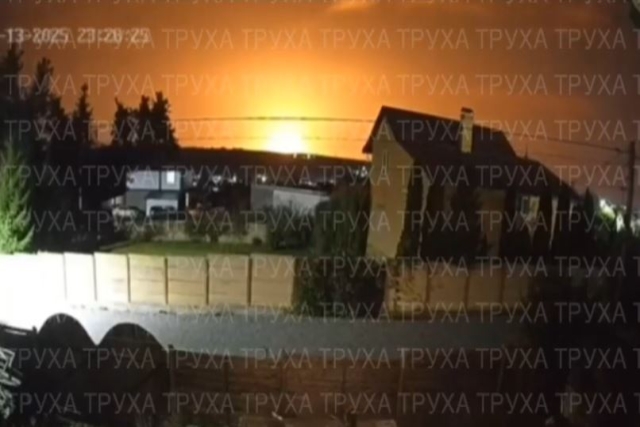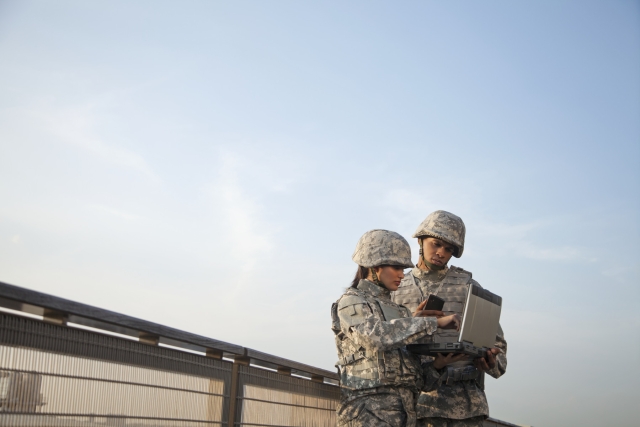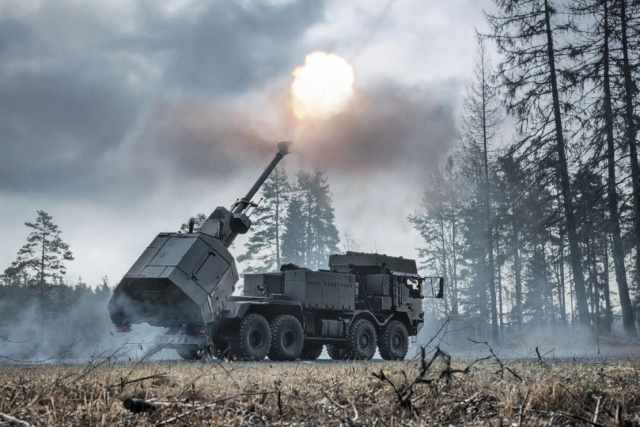Tomorrow’s Missiles To Be printed, Not Manufactured
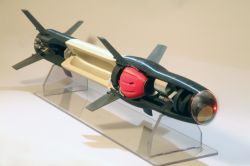
Researchers at Raytheon Missile Systems have been using additive manufacturing technology, known as 3D printing, to create guided weapon’s components including rocket engines, fins and parts.
“You could potentially have these in the field,” said Jeremy Danforth, a Raytheon engineer who has printed working rocket motors in the company's statement today
“Machines making machines. The user could print on demand, that’s the vision.” Danforth added.
Engineers are exploring the use of 3-D printing to lay down conductive materials for electrical circuits, create housings for the company's revolutionary gallium nitride transmitters, and fabricate fins for guided artillery shells. The process may reduce costs associated with traditional manufacturing. Moreover, it allows for quick design and rapid changes. As long as they stay within set parameters, they can have new parts in hours.
Raytheon engineer Travis Mayberry, who is researching future uses of additive manufacturing and 3-D printing said, “We’re trying new designs for thermal improvements and lightweight structures, things we couldn’t achieve with any other manufacturing method.”
Leah Hull, additive manufacturing manager for Raytheon said, “3-D printing could someday streamline the manufacturing process. “When we print something, we have fewer piece parts, so your supply chain becomes simpler” Hull added.
Engineers at the Raytheon University of Massachusetts Lowell Research Institute are developing ways to print complex electronic circuits and microwave components – building blocks of sophisticated radars used in products like Raytheon’s Patriot air and missile defense system.
Engineers at the research institute are already able to lay down the conductors and dielectrics needed for printed electronics. They can even lay down carbon nanotubes, tiny structures made of linked carbon atoms, and are working to align them to build futuristic circuits.
So could soldiers someday print and assemble missiles on the spot, in the same way that artillery crews custom-load their rounds or weapons handlers mount guidance kits on some types of bombs, McCarroll said.

